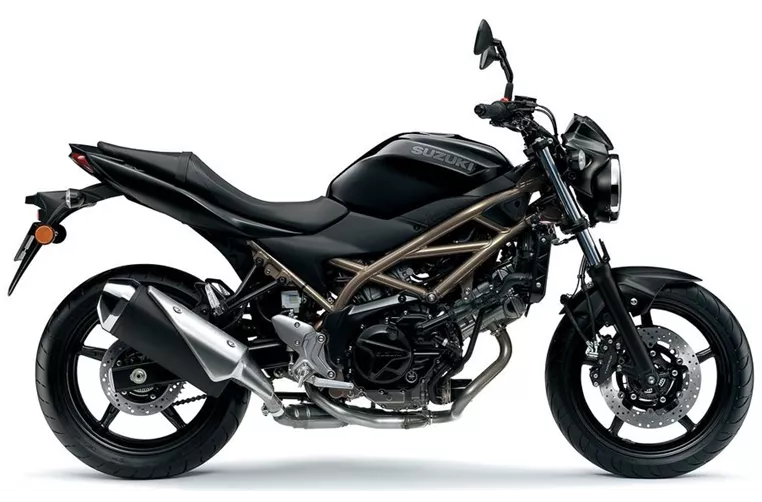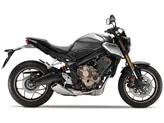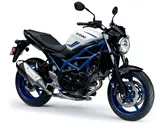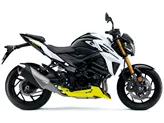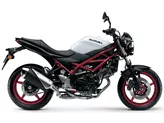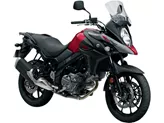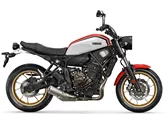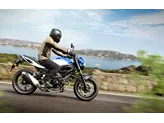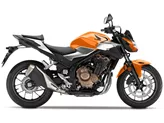Kawasaki ER-6n 2013 vs. Suzuki SV 650 2021

Kawasaki ER-6n 2013
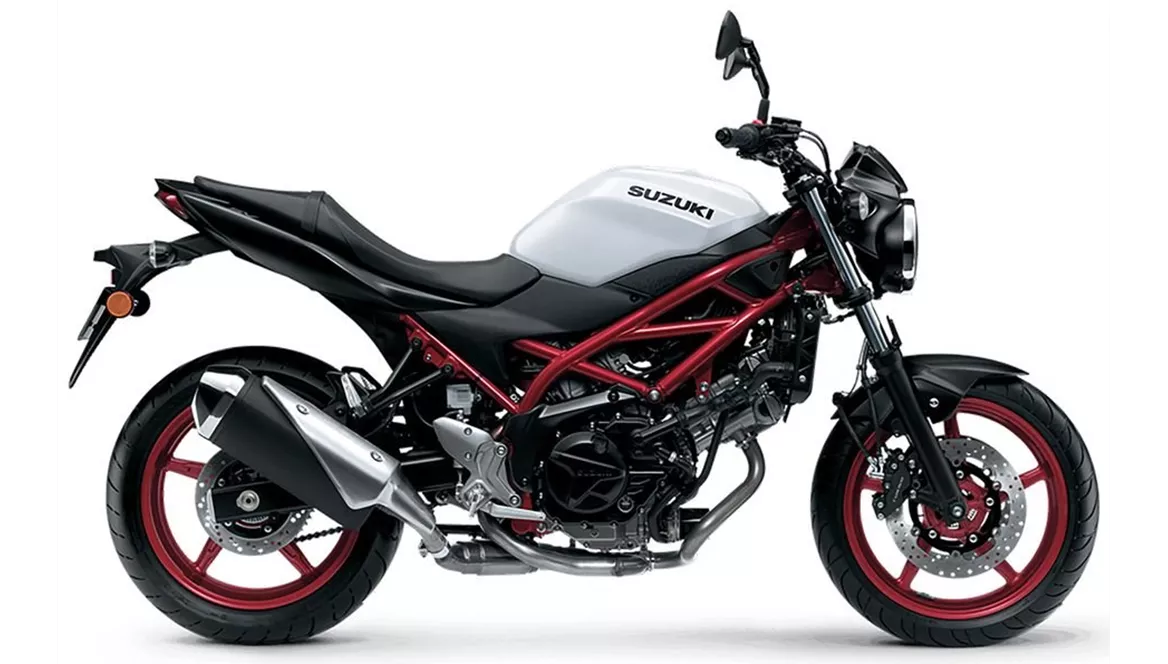
Suzuki SV 650 2021
Overview - Kawasaki ER-6n 2013 vs Suzuki SV 650 2021
The Kawasaki ER-6n 2013 and the Suzuki SV 650 2021 are both popular naked bikes that offer a thrilling riding experience. While they share some similarities in terms of engine power, torque, and cooling system, there are also notable differences between the two models.
In terms of engine specifications, both bikes feature a 2-cylinder engine with liquid cooling. However, the Kawasaki ER-6n 2013 has an inline engine type, while the Suzuki SV 650 2021 boasts a V-type engine. Additionally, the Suzuki SV 650 2021 has a slightly higher horsepower rating of 73 HP compared to the Kawasaki ER-6n 2013's 72 HP.
Both bikes feature a monoshock rear suspension and a steel frame, providing stability and control during rides. However, the Suzuki SV 650 2021 has a tubular frame, which may offer additional strength and durability compared to the Kawasaki ER-6n 2013's perimeter frame.

Kawasaki ER-6n 2013
When it comes to braking performance, the Suzuki SV 650 2021 has an advantage with its four-piston front brake calipers, offering enhanced stopping power compared to the Kawasaki ER-6n 2013's double-piston front brake calipers. However, it is worth noting that both bikes have double disc brakes at the front.
In terms of dimensions and weights, the Suzuki SV 650 2021 has a longer wheelbase of 1445 mm compared to the Kawasaki ER-6n 2013's 1410 mm. The seat height of the Suzuki SV 650 2021 is also slightly lower at 785 mm, making it more accessible for riders with shorter inseams. Additionally, the Suzuki SV 650 2021 weighs 200 kg with ABS, which is lighter than the Kawasaki ER-6n 2013's 208 kg.
Both bikes have a similar tire setup, with a front tire width of 120 mm and a rear tire width of 160 mm, both with a diameter of 17 inches. They also have a similar fuel tank capacity, with the Kawasaki ER-6n 2013 holding 16 liters and the Suzuki SV 650 2021 holding 14.5 liters.
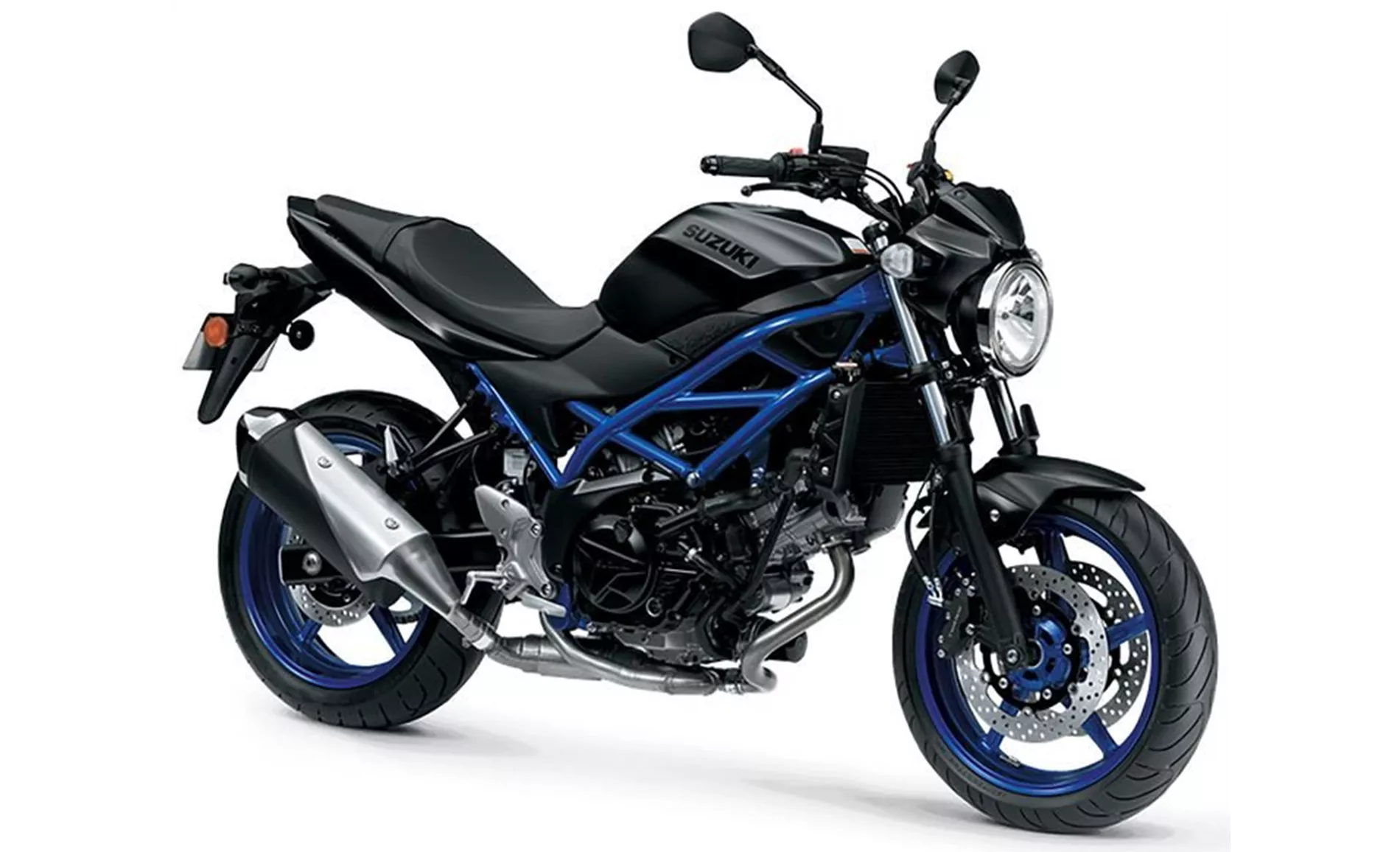
Suzuki SV 650 2021
In terms of strengths, the Kawasaki ER-6n 2013 is praised for its solid handling and high-quality level. On the other hand, the Suzuki SV 650 2021 is commended for its confident V2 powerplant with character, stable chassis, comfortable seating position, easy handling, and timeless look.
However, the Kawasaki ER-6n 2013 does have a weakness in its braking system, which is considered weak compared to the Suzuki SV 650 2021. The Suzuki SV 650 2021, on the other hand, has a brake that requires manual force and lacks electronics apart from ABS. Additionally, some riders find the instruments on the Suzuki SV 650 2021 moderately readable.
In conclusion, both the Kawasaki ER-6n 2013 and the Suzuki SV 650 2021 are capable naked bikes with their own strengths and weaknesses. Ultimately, the choice between the two will depend on the rider's preferences and priorities, such as handling, power, braking performance, and overall design.
Technical Specifications Kawasaki ER-6n 2013 compared to Suzuki SV 650 2021
Pros and Cons in comparison
Pros and Cons in comparison
Kawasaki ER-6n 2013

The engine is hearty and a lot of fun, plus the ER shines with a Japanese meticulous finish and a fighting price.
Suzuki SV 650 2021
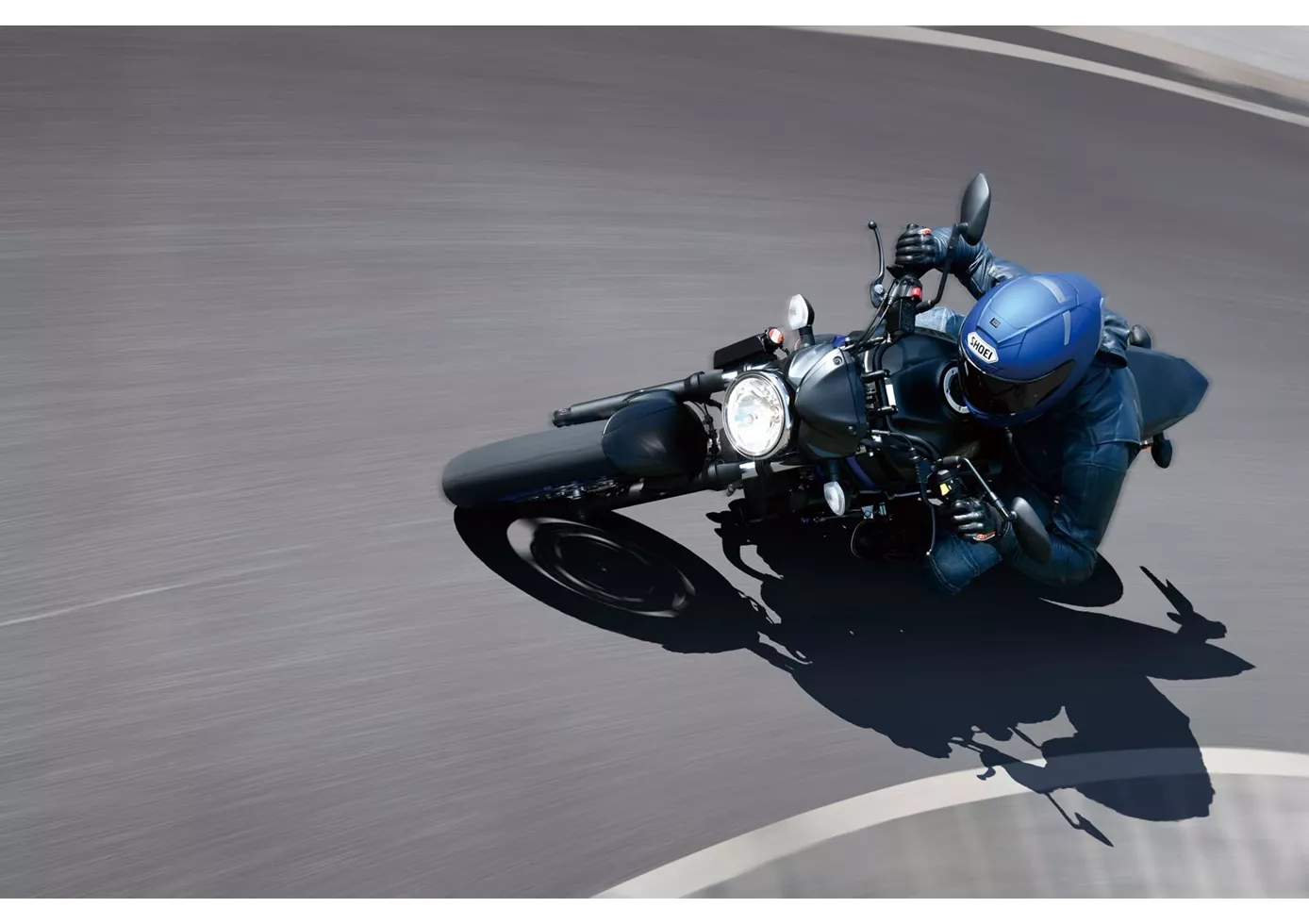
Not much has changed on the Suzuki SV 650 compared to its predecessor, five years ago. The engine has been updated to Euro5 and is now even more mature, which fits in perfectly with the rest of the package. The SV 650 doesn't want to scare anyone, especially beginners. The chassis makes a solid, unagitated impression, the brakes require a lot of manual force to prevent unexpected overbraking. The look is timeless on the one hand, but on the other hand some components are really a bit outdated. On the other hand, the price is fair, as usual for Suzuki.
Price Comparison Avarage Market Price Kawasaki ER-6n vs Suzuki SV 650
There are a few key differences between a Kawasaki ER-6n 2013 and a Suzuki SV 650 2021. It takes less time to sell a Kawasaki ER-6n with 42 days compared to 111 days for a Suzuki SV 650. Since model year 2006 1000PS.de editors have written 16 reviews for the Kawasaki ER-6n and 25 reviews for the Suzuki SV 650 since model year 2005. The first review for the Kawasaki ER-6n was published on 29/06/2005 and now has more than 11,200 views. This compares to more than 14,200 views for the first review on Suzuki SV 650 published on 26/09/2008.

